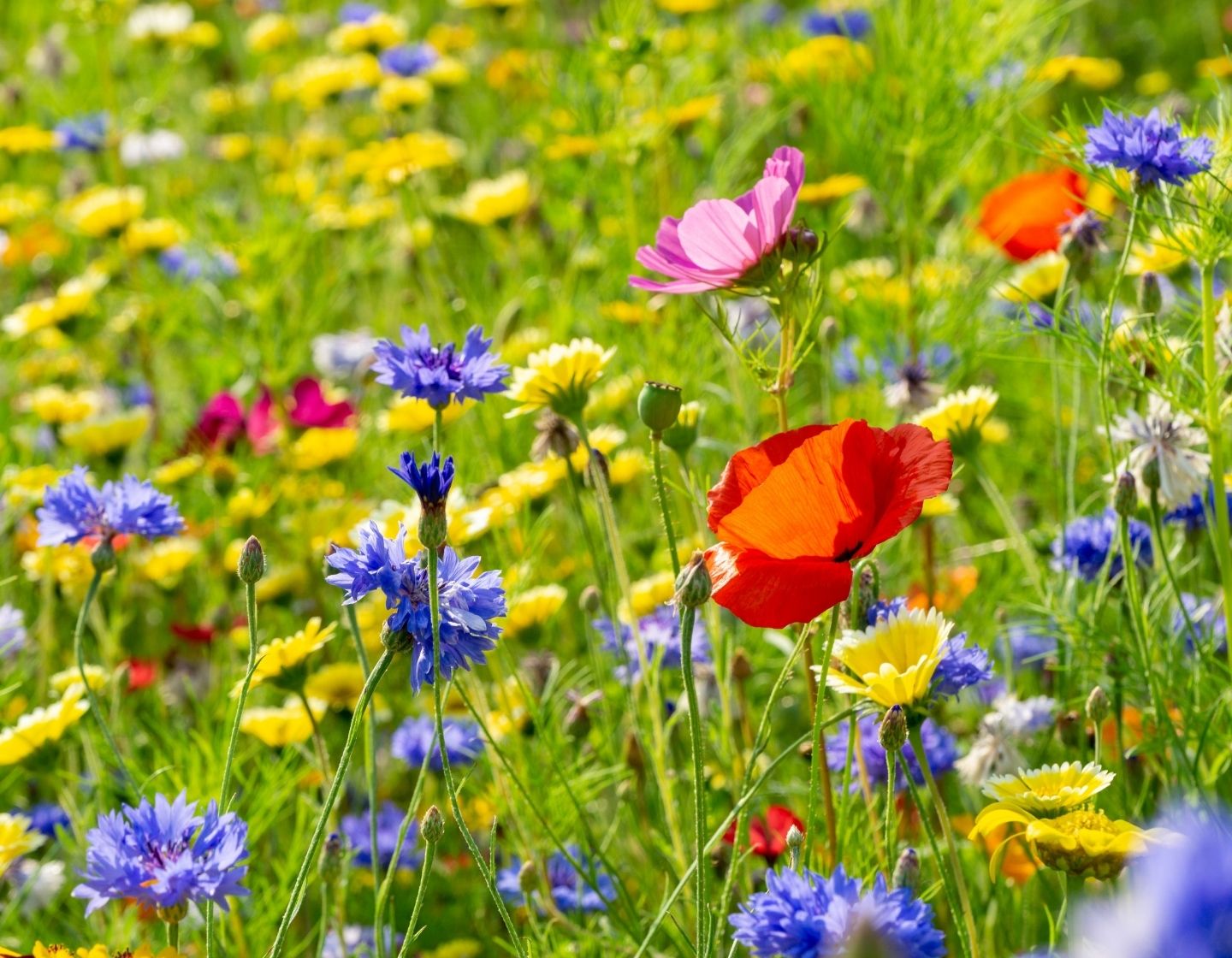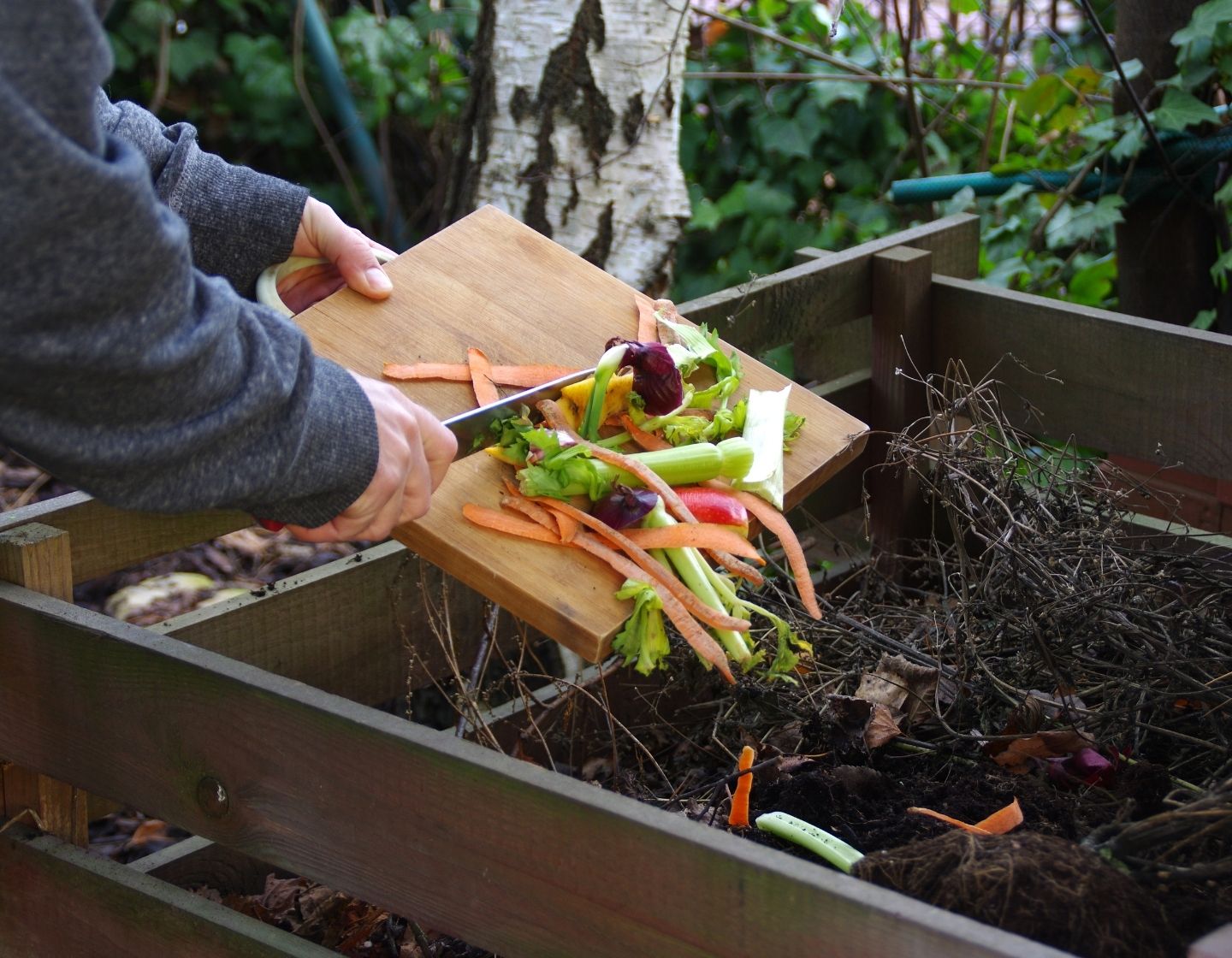Tips to make Spring more eco-friendly
Daffodils are blooming, the birds are chirping and the days are getting longer. That can only mean one thing, Spring. The first signs of Spring are always a delight, even more so at the moment, as it brings a renewed hope for the year. Symbolising rebirth and growth, it’s the perfect time to embrace Mother Nature.
You may think that Spring is inherently ‘green’, with flowers blooming and creatures coming out of hibernation, but there are actually a few things we should consider to ensure we’re treating our home and garden sustainably.
Eco-friendly DIY
Whether you’re planning to revamp the garden, redecorate the house or tear something down, you should consider the environmental impact of your Spring project first. This means researching eco-friendly methods and materials, and if the project is too much for your own hands, reaching out to sustainable contractors.
Whatever your project, you’ll most likely need materials. If you’re redecorating with paint, opt for non-toxic paint like Earthborn, which is free from acrylics, oils and nasty emissions. Choosing paint with low volatile organic compound (VOC) will keep your home happier as it’s better for the environment and your health. Other eco-friendly paint alternatives include Farrow & Ball, The Organic & Natural Paint Company and Edward Bulmer.
If you’re going one step further and renovating, aim to source sustainable or recycled materials. Construction has a huge environmental impact: construction materials account for 122 million tonnes of waste and 18% of total carbon dioxide emissions. Choosing sustainable, salvaged and reclaimed materials will reduce your home’s carbon footprint.
You’ll most likely be planning a good Spring clean soon. It’s a chance to spruce up your home and give it a dose of TLC. Spring cleaning is about embracing the natural so it seems odd that we bring in extra toxins for cleaning. Opting for homemade cleaning products or environmentally-friendly products is safer, cleaner and sustainable. Vinegar, baking soda, lemon, salt and essential oils are all household products that make great cleaning solutions. An added bonus is that you know exactly what you’re putting into your home, so you don’t have to worry about unwanted chemicals.
Spring cleaning usually includes a much needed de-clutter too. As the change of seasons brings a change in weather, it’ll be time to dust away the cobwebs on your Spring / Summer wardrobe so now is the best time to decide what is worth keeping. If you haven’t worn something in six to nine months, perhaps it’s time to consider a new home for it. Think practically, will you wear it again? Donate, sell or give away any unwanted items.
Remember, don’t throw away any items that need mending or altering, the internet has tons of tutorials to help you revamp your wardrobe.
Also, while you’re cleaning, remember to be energy-wise. Don’t leave the tap running while you’re cleaning and fill up any buckets with excess water for your garden. While you’re at it, check for leaky taps or pipes to prevent any water waste and a big water bill. Additionally, make the most of the sunshine and clean your clothes on the washing line instead of the tumble dryer.
Getting the garden Spring ready
One of the best things about Spring is the blooming flowers which can bring vibrant colour and an uplifting mood booster to your home. Spending time outside in nature can boost your mood and reduce stress, especially with an added dose of vitamin D. In theory, gardening is inherently green, but there are things you can do to increase sustainability outdoors.
When planning your garden, have sustainability in mind. Real Homes recommend sticking to this philosophy when gardening, 'plant according to the garden, not the gardener' they say. Begin by making the most of native plants. According to Gardener’s World, the UK's native wildflowers include ox-eye daisy, forget-me-nots, marigold, foxglove, lily of the valley, knapweed, primrose, honeysuckle and many more! These flowers are best suited to our climate, requiring less watering and maintenance, helping to sustain local wildlife. This is especially necessary for bees, which are crucial to our sustainability. Due to climate change, pesticide use and habitat loss, bees are slowly declining. But nearly every mouthful of food can be traced back to bees, so we need to do our part and protect them.

Spring cleaning your garden involves getting rid of any Winter debris like weeds, mould and dead plants. As Spring promotes new growth, it’s pruning time, which keeps plants healthy and thriving. But make sure you don’t prune blooming plants (wait until they’ve flowered). However, sustainability isn’t always pretty. It’s recommended to keep some of your garden messy and natural. The Woodland Trust suggest allowing nature to take its course in a section of the garden so it will attract and home local wildlife. Seed bombs (best used early Spring) would be useful to throw on this patch, all you have to do is wait for the magic to happen. You can also create your own bug house using garden materials like leaves, moss and logs to shelter your garden guests.
You could also begin to save water for garden use with a water butt. Conserving rainwater means you’ll save yourself some money and preserve energy. Read more about the benefits of water butts here.
Other ways to reduce your carbon footprint in the garden are propagating and composting. Composting can add nutrients to your soil and prevent waste ending up in landfill. If you don’t have a garden or your garden has limited space, you could try making a worm farm which works in a similar way, on a smaller scale. Propagating involves collecting seeds and taking cuttings from your own garden. You can swap and share your cuttings with friends and family so you don’t have to spend on buying new ones.

Thanks to www.savemoneycutcarbon.com for these tips